HPV is found in 80% of women, which is a very large and frightening figure. But not everyone knows what it is.
What is HPV
HPV (Human Papillomavirus) is a common disease among women and men. Almost 8 out of 10 women face this problem in their lives. The infection is dangerous because for quite a long time it may not show itself in any way, and the consequences are very distressing. This virus can become an impetus for the development of cervical cancer.
HPV usually infects the upper layers of the epithelium, which begin to multiply at a high rate, which often turns into cancer.
How HPV is transmitted
It is believed that this virus is sexually transmitted and even condoms do not guarantee complete protection against HPV. Gynecologists claim that condoms do reduce the risk of contracting this virus. According to research and statistics from epidemiologists, women often become infected with the papillomavirus in the first 2 years of sexual activity.

Moreover, the risk of contracting HPV in girls is less with age, which cannot be said about men. At the moment, scientists have bred almost 150 types of HPV, which are divided into four classes. A number of studies were also conducted, the result of which was the conclusion that HPV can also be transmitted in the household. Due to this type of transmission of the virus, a person does not realize that he is already a carrier of HPV.
HPV symptoms in women
Gynecologists most often find HPV in women. We figured out what it is, you should familiarize yourself with the symptoms. The fundamental symptoms of the disease with this virus are growths, both on the genitals and on the body. Moreover, the symptoms of HPV are the same for both the fairer sex and men.
Doctors assure that this virus is considered more dangerous for women, because infection with viruses of the oncogenic type can lead to the development of cervical cancer. Most often, it is the genital warts that are recognized by gynecologists, which usually appear 2-3 months after penetration into the body.
Such warts most often grow in the area of the labia minora and vagina. Often there are cases when such growths were found in the patient's anus.
During the examination, the doctor pays attention to the following external manifestations of a viral infection (common symptoms of HPV in women):
- signs of cervical erosion (a smear is taken for cytology); signs of dysplasia;
- genital warts;
- papillomas located in the vagina;
- the sharp appearance or complete disappearance of warts during pregnancy;
- the presence of neoplasms on the cervix;
- pain in the genital area;
- burning, itching, unusual discharge, etc.
Diagnostics
To diagnose HPV in women, colposcopy and biopsy are often used, which is carried out in case of genital warts. gynecologist at the initial examination. Also a widely known method for diagnosing HPV is PCR - this is an examination that helps to determine the DNA of the virus. With the help of PCR, it is possible to reveal the type of virus and its degree relative to oncogenic risk.
HPV types
Today, nearly 150 species of papilloma virus have been identified. But they all cause growths of different characters (simple, pointed, flat, threadlike, plantar).
Simple
A simple type of HPV is also called common or vulgar papillomas. They are considered the most common benign growths on the body. Simple papillomas initially manifest themselves as a small spherical papule, which over time will darken and turn into an uneven and rough surface.
They can appear in groups or in a single case. Simple growths usually include papillomas that occur on the hands and fingers.
Pointed
The pointed form of HPV in women is often found in the area of the labia. These are growths that look like papillae and usually come in a variety of colors (from light flesh to reddish).
They can also be in the anus. Since this type of HPV belongs to the group of moderately oncogenic types, doctors recommend treating and removing them to avoid the risk of developing cancer. The methods for removing such papillomas are very different: from a special laser to the use of liquid nitrogen.
Flat
Another popular type of HPV is flat warts. They, in contrast to pointed papillomas, no longer protrude outward, and in terms of the degree of oncogenic potential they occupy the highest position. When flat warts are detected, gynecologists immediately send the patient for colposcopy and biopsy.
Since they are most often located on the cervix, the risk of getting cervical cancer is very high. In the case of a negative test result for dysplasia of the site, these growths are immediately removed.
Filiform
Filamentous papillomas are formed due to HPV, which enters the body through the slightest injury to the skin. 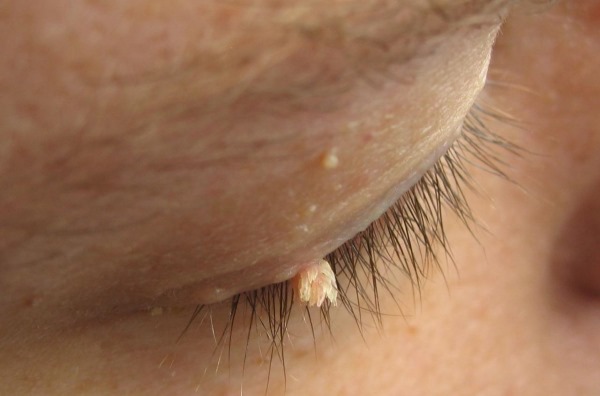
Plantar
This type of HPV as plantar papillomas is not an oncogenic type. These are rather benign formations that are most often found on the feet. People with damaged skin of the legs and suffering from atherosclerosis get sick faster. It is also easier to catch a virus of this type for a person who suffers from diabetes and varicose veins.
In addition, the following factors can stimulate the development of the virus in the body:
- Excessive sweating of the feet, or dry skin.
- Flat feet and arthritis of the joints of the foot.
- Wearing uncomfortable synthetic footwear.
HPV types in women
At the moment, scientists know about the existence of 150 types of human papillomavirus, and almost a third of them are considered the most dangerous for women's health.
HPV type 16
HPV type 16 belongs to the group of oncogenic viruses. It is so common that almost one in two people with HPV is diagnosed. The virus reduces the level of immunity against the formation of tumors, which is the root cause of the formation of formations on the skin. This virus itself is destroyed in the body one year after infection. This is facilitated by the active action of human immunity.
Given this information, doctors will order the test three times. If the body has not overcome this virus in a year, then experts recommend treatment with different drugs and antiviral pills. They also insist on taking additional vitamins.
HPV type 18
HPV type 18 is considered extremely dangerous for a woman, which, getting into the human body, begins to actively cause the growth of neoplasms. It is considered dangerous because these formations can eventually turn into cancer. Only 3 out of 10 infected women can heal themselves from this virus due to strong immunity.
The self-healing process also takes almost a year. Unlike other types of HPV, this virus infects the deepest area of the skin.
HPV type 31
HPV type 31 is considered dangerous, as are types 18 and 16. Due to the unique DNA structure, this papilloma virus has a special genotype, which in most cases is dangerous for both sexes. Since the weak immunity of women cannot cope with the virus, papillomas appear on the skin and genitals.
It often happens that from the moment of infection, it can take several months for the first symptoms to appear. During this time, a person can unknowingly infect his partner. Only at the right moment, when the body weakens, and the immune system will fight other viruses, HPV will begin to actively multiply and move into neoplasms.
Due to the imperceptible incubation period in the body, complications will appear, which will not be so easy to cure.
The following concomitant factors can increase the risks of infection of the body:
- Messy and insecure connections.
- Stress and hormonal imbalance.
- Other infections in the body.
- Diseases of the intestines and stomach.
- The period of pregnancy and childbirth.
- Hypothermia and colds.
HPV type 33
A virus such as type 33 human papillomavirus is extremely dangerous to humans. This type of virus is the root cause of the formation of malignant tumors in the body. According to statistics, in the world, a high level of oncogenic diseases occurs in people infected with HPV. But this virus does not live in the human body for life.
Unlike herpes, it can be treated with medications. Sometimes human immunity can destroy the virus itself. To avoid complications, doctors also recommend a variety of pills and subcutaneous injections.
HPV 35 type
HPV type 35 belongs to a group with an average level of oncogenic risk. Getting into the body through promiscuous sex, they begin to penetrate deeply into the DNA of cells.
There are several options for the behavior of the virus in the human body:
- Once in the body, the virus itself is destroyed due to strong immunity.
- After infection, the virus remains dormant. But at the same time, do not forget that a person is already a carrier of HPV and can infect others.
- Penetrating into the body, the virus actively progresses and multiplies cells.
Often type 35 HPV manifests itself in people in the form of genital warts, which over time will occupy a fairly large area of the body.
HPV type 39
A type 39 virus can infect a person of any age. The virus not only provokes the development of tumors, but also the appearance of various pathologies. It usually attacks the genitals and also feeds on healthy cells in the body.
It mainly manifests itself in the form of flat, as well as genital warts that appear on the female genital organs. Experts assure that Thuabout the presence of flat warts indicates the spread of exactly 39 types of HPV.
HPV type 45
45 HPV type is often accompanied by other diseases such as herpes and chlamydia.
This type of virus goes through several stages in the body:
- The appearance of genital warts on the internal and external genital organs.
- Overwhelming growth of the epithelial layer around the anus.
- Growth of genital warts on the walls of the vagina.
When a virus is detected, treatment and removal of genital warts are prescribed.
HPV type 51
The 51 type virus is known for its high oncogenic risk. Girls with cervical erosion should be careful with the choice of a partner, as infection with this virus can provoke the appearance of cancer.
HPV type 52
Papilloma virus type 52 is often found in representatives under 40 years of age.Frequent partner changes can increase the range of risk of infection. The gynecologist can see the presence of HPV when genital warts are detected.
HPV 56 type
HPV type 56 typically affects a woman's reproductive system. A virus of this type provokes the appearance of cervical erosion. The first symptoms of infection are thrush or colds, which are the result of a weakened immune system.
HPV type 59
The 59th type of human papillomavirus marks itself as a skin disease with an effect at the DNA level. Doctors consider the high growth of oncogenic tumors to be a negative point in relation to this virus.

 Don't miss the most popular column article: Laser hair removal on the face and body - how it is carried out, effectiveness, before and after photos, contraindications.
Don't miss the most popular column article: Laser hair removal on the face and body - how it is carried out, effectiveness, before and after photos, contraindications.HPV classification by oncogenic risk
Scientists have compiled a list of all types of HPV and classified them according to oncogenic risk.
Non-oncogenic
Experts call the types of zero level of oncogenic risk those HPVs that never provoke the development of cancer. Doctors refer to this group from 1 to 5 types, as well as 10, 28 and 49 types.
Low level of oncogenic risk
Tumors caused by low-risk types of cancer rarely progress to the stage of cancer. Experts attributed types 6, 11, 13, 32 and 34 to these types. Also in the named group includes types from 40 to 44 inclusive. Types 51 and 72 are also considered to be types of low level of oncogenic risk.
Medium risk
Doctors classify a group of different types of the virus as medium-risk types: 26, 30, 35 and 52, as well as 53, 56, 58 and 65.
High oncogenic risk
A high oncogenic risk predominates in such HPV types as: 16, 18, 31, 33, and 39. This group includes 45, 50, 59, and 61 to 62 types. HPV types 64, 68, 70 and 73 are considered high oncogenic risk.
HPV treatment in women in gynecology
Treatment of HPV in women involves interconnected therapy, which consists of medications and surgery. This is such a situation that it is impossible to completely recover without modern diagnostics.
PCR diagnostics is considered effective in its field, for which an entire smear is required. At the moment, for the treatment of HPV, there are a number of medications and folk remedies.
Medication
Medicines are aimed at cardinal cure of the body from the virus.

- Interferon-based preparations. Interferon can be sold in the form of tablets, various creams and ointments. You can also find solutions. Interferon analogs are: "Viferon", "Intron A", "Genferon" and "Wellferon".
- Immunity stimulants. Due to the increased production of antibodies to HPV, the treatment time is accelerated. Well-known immunostimulants are "Isoprinosin", "Kemantan", "Gepon" and "Immunomax"
- Cytotoxic agentsthat destroy neoplasms. These drugs include "Podophyllin" and "Podophyllotoxin".
Immunomax, approved according to the instructions for the treatment of pathological conditions (condyloma, warts, dysplasia, etc.) caused by the human papillomavirus, is becoming increasingly popular among modern immunomodulatory drugs.
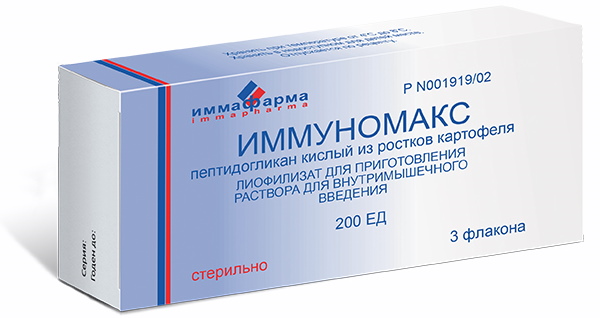
Traditional methods
Traditional methods involve the use of recipes based on rare forest herbs:
- The most famous method is compresses with celandine decoction. It is believed that a month is enough for treatment. It should be borne in mind that the number of procedures should be about 4-5 times a day.
- You can also apply ice cubes, string and chaga frozen in broth. This method should be used 3 times a day.
- A decoction based on dandelion, plantain, lemon balm and horsetail also has a positive effect on the treatment process.
- Also, experts advise paying attention to garlic. Garlic can be used to make an HPV ointment. To do this, you just need to add chopped garlic to a thick baby cream.
- Grandmothers advise the usual laundry soap, because the soap has a drying effect, after which the condyloma is removed.
Before using folk methods of struggle, you should be careful, since folk remedies act locally, while the virus is dormant deep in the body.
Ways to remove papillomas
The most common treatment for HPV is the removal of papillomas, followed by the use of medications. Moreover, the methods of removing papillomas are very different.
Laser removal
Removal of papillomas with a laser refers to the most effective and safest removal of HPV genital warts in women... This is a type of removal that completely eliminates the possibility of bleeding and scarring. This procedure is absolutely safe and does not lead to inflammatory processes.
Surgery
Surgery is considered a completely radical method of removal. With the help of a scalpel, surgeons simply cut off the warts.
Cryotherapy
Cryotherapy involves the use of liquid nitrogen during the removal of papillomas. This procedure has a huge drawback - due to the uncontrolled depth of nitrogen impact on genital warts, relapses are common. 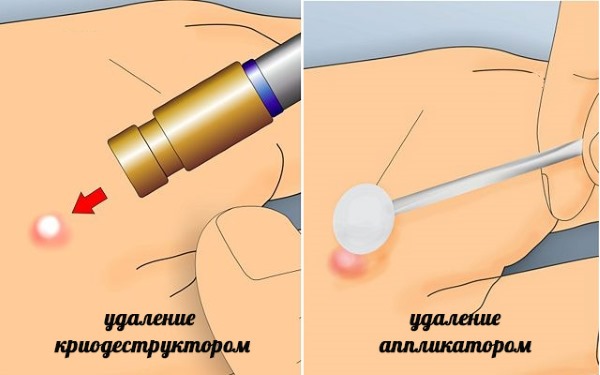
Electrocoagulation
Electrocoagulation is based on the application of high-frequency current against HPV in women, which burns out condylomas. This burning process involves the coagulation of proteinaceous tissues, which is excellent at fighting neoplasms. This procedure is usually monitored visually.
Human papillomavirus aggressively affects women's health. All girls need to be careful and get tested on time, since the virus can be asymptomatic, and the consequences are very dire. HPV often manifests itself and develops during a weakened immune system.
If a virus is detected, treatment should be started immediately, as this can lead to the development of malignant tumors.
HPV treatment should consist of medications and local removal of neoplasms. As an addition, the use of traditional methods of fighting the virus is encouraged.
Video about human papillomavirus (HPV) in women: what it is, treatment methods
HPV in women, what is it:

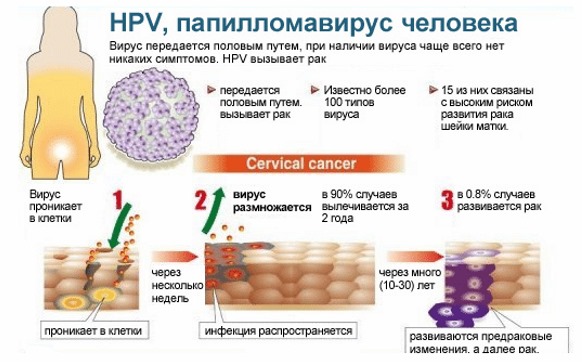
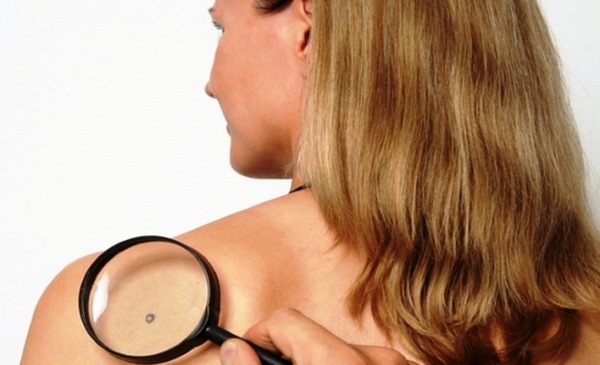
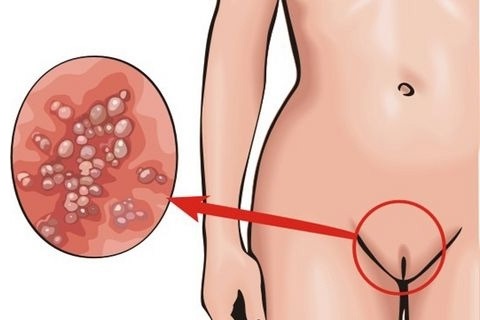

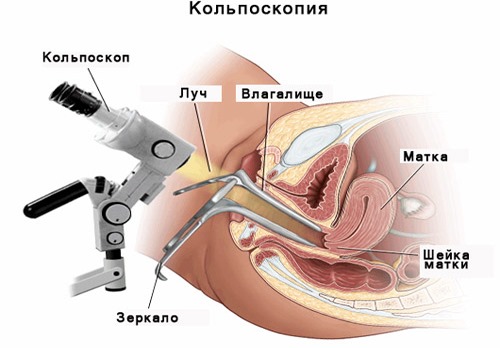

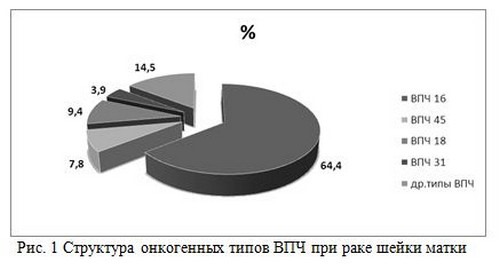
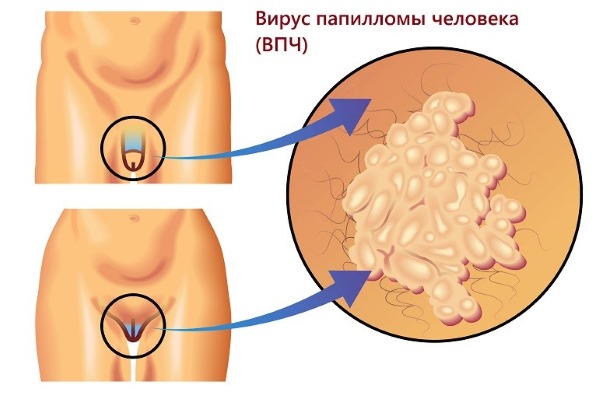
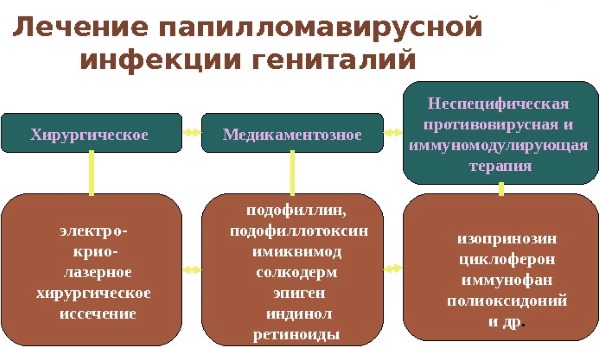

Permeated. It is necessary to run to the female doctor more often and take tests
Great article! Only 80% of these drugs do not save from HPV. But in Kemerovo everyone can check for HPV for free. Clinic Avangard-med, if anyone is interested.